Introduction
Osteoporosis is a silent bone disease that often goes unnoticed until a fracture happens. It causes bones to become weak, brittle, and more likely to break — especially in older adults. However, early signs can appear in areas you might overlook, like your hands, legs, and teeth. Recognizing these symptoms early can help you prevent complications and protect your bone health.
In this blog, we’ll explore the 6 symptoms of osteoporosis that show up in the hands, legs, and teeth, what causes them, and how you can get tested and treated. Whether you’re a young adult with calcium deficiency or an elderly person noticing frequent aches, this guide will help you understand your bones better.
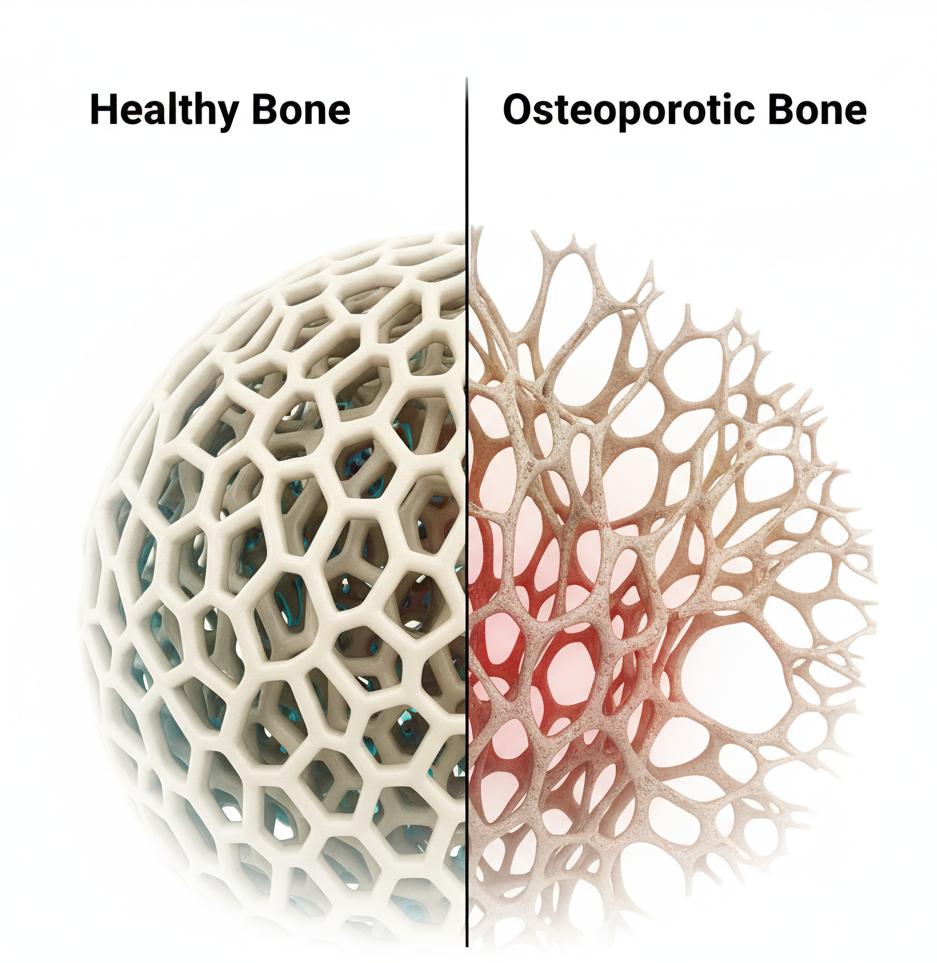
What Is Osteoporosis?
Osteoporosis literally means “porous bones.” It’s a condition where bone density decreases, making bones fragile. Healthy bones have small spaces like a honeycomb, but in osteoporosis, these spaces enlarge, weakening the structure.
Key Facts:
- Common in both men and women over 50.
- Women after menopause are at higher risk due to lower estrogen levels.
- Early diagnosis can prevent fractures and disability.
6 Symptoms of Osteoporosis in Hands, Legs, and Teeth
1. Frequent Hand and Wrist Pain
Weak grip strength or wrist pain while lifting light items can indicate bone thinning in the hands. Fragile wrist bones are often the first to break in early osteoporosis.
2. Leg Pain or Shin Cramps
Persistent pain in the legs, especially around the shins or knees, could be an early sign of low bone density. Weak bones make muscles work harder, leading to pain or fatigue.
3. Loss of Height or Bent Posture
When spinal bones weaken, they compress, causing you to lose height or develop a hunched back. This often starts as mild discomfort in the lower back or legs.
4. Tooth Loss or Gum Recession
Your jawbone supports your teeth. When bone density drops, the jawbone weakens, causing teeth to loosen or fall out. Dentists often spot osteoporosis during dental X-rays.
5. Easily Broken Nails or Brittle Teeth
Calcium and Vitamin D deficiency affect nails and teeth, making them weak. If your teeth chip easily or your nails break frequently, your bones might need attention.
6. Bone Fractures from Minor Falls
If you experience fractures or cracks in bones from small falls or bumps, it’s a warning sign. Fragile bones are less able to withstand everyday stress.
Causes of Osteoporosis
- Calcium deficiency – Low calcium intake weakens bone structure.
- Vitamin D deficiency – Reduces calcium absorption.
- Hormonal changes – Estrogen (in women) and testosterone (in men) decline with age.
- Sedentary lifestyle – Lack of weight-bearing exercise reduces bone strength.
- Smoking and alcohol – Both interfere with bone formation.
- Certain medications – Long-term use of steroids, thyroid drugs, or anticonvulsants.
- Genetics – Family history increases risk.
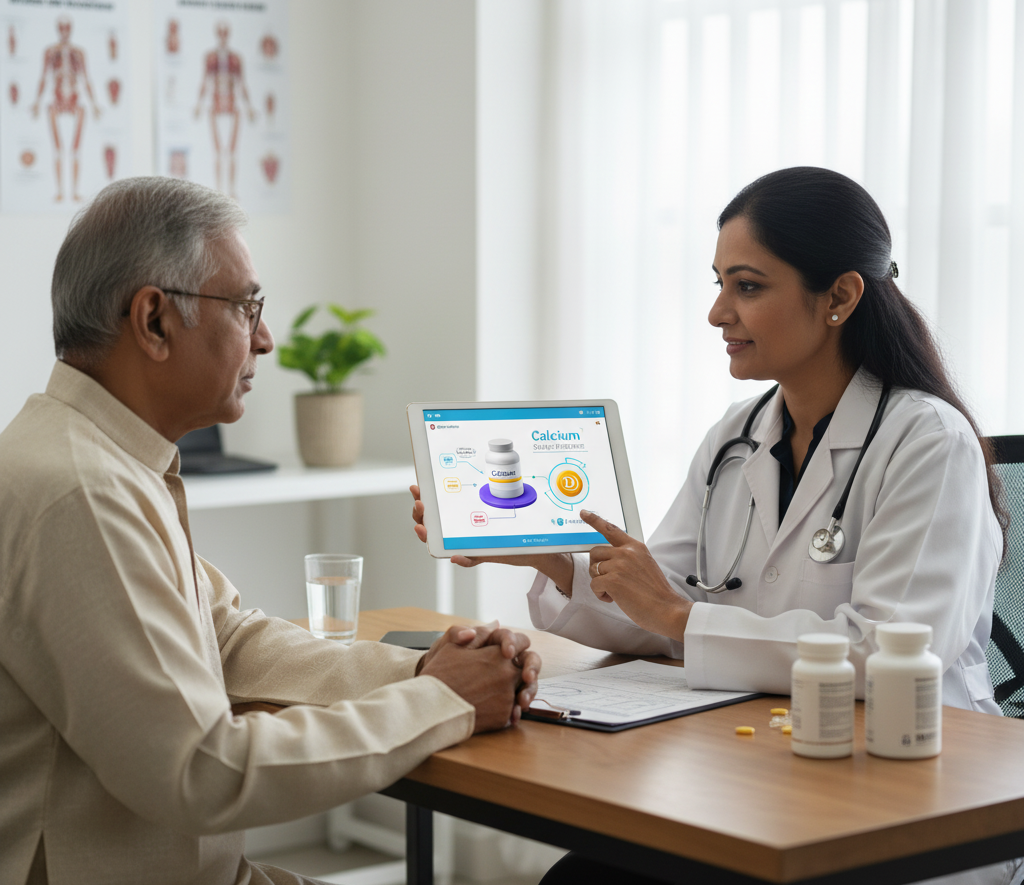
Diagnosis and Bone Density Test
Your doctor may suggest:
- DEXA Scan (Bone Density Test): Measures bone mineral density (BMD). It’s painless and takes about 15–30 minutes.
- Blood Tests: To check calcium, vitamin D, and hormone levels.
- X-rays: Detect fractures or bone thinning.
In India, a DEXA scan typically costs between ₹500–1500 depending on the city and facility.
Treatment Options
- Dietary Changes
- Increase calcium intake (milk, curd, ragi, sesame, spinach).
- Get sunlight for Vitamin D or take supplements as prescribed.
- Medications
- Bisphosphonates: Strengthen bones and slow bone loss.
- Calcitonin and Denosumab: Reduce fracture risk.
- Hormone Therapy: For women after menopause.
- Exercise
- Weight-bearing exercises like walking, jogging, yoga, and light resistance training.
- Lifestyle Habits
- Quit smoking and limit alcohol.
- Maintain a healthy weight.
Always consult a qualified orthopedic doctor before starting any medication.
Lifestyle Tips for Stronger Bones
- Eat calcium and vitamin D-rich foods daily.
- Spend 20–30 minutes in morning sunlight.
- Avoid excessive caffeine and alcohol.
- Do regular physical activity.
- Get regular bone check-ups after age 40.
Prevention of Osteoporosis
- Maintain good posture and balance.
- Avoid falls at home — use non-slip mats and supportive footwear.
- Regularly check bone density if you have a family history.
- Use Quickobook to find trusted orthopedic or general physicians nearby for preventive check-ups.

When to See a Doctor
- Persistent bone or joint pain.
- Frequent fractures.
- Noticeable loss of height or back curvature.
- Tooth loosening or jaw discomfort.
Early diagnosis ensures timely treatment and helps prevent complications.
Risks and Complications
Untreated osteoporosis can lead to:
- Multiple fractures (spine, wrist, hip).
- Chronic back pain.
- Reduced mobility.
- Permanent disability.
Conclusion
Osteoporosis may be silent, but its symptoms often whisper through your hands, legs, and teeth. Early detection through lifestyle awareness, regular tests, and professional care can make a world of difference. Don’t wait for a fracture to remind you about your bone health — act early!
Book your bone density test or orthopedic consultation today on Quickobook. Stay active, eat well, and protect your bones for a healthy, independent life.
FAQs About Osteoporosis
1. What is osteoporosis?
Osteoporosis is a bone condition where bones become weak and brittle, increasing fracture risk.
2. Who is at risk of developing osteoporosis?
Both men and women over 50, especially postmenopausal women and those with low calcium intake.
3. Can osteoporosis affect teeth?
Yes. It can weaken the jawbone, leading to loose or falling teeth.
4. How can I know if I have osteoporosis?
A bone density test (DEXA scan) confirms the diagnosis.
5. What is the best diet for osteoporosis?
Include milk, curd, paneer, ragi, eggs, and green leafy vegetables for calcium and vitamin D.
6. Does osteoporosis cause pain?
Yes, it can cause chronic pain in the back, legs, and joints.
7. How much sunlight is needed for Vitamin D?
About 20–30 minutes of morning sunlight daily is beneficial.
8. Can young people get osteoporosis?
Yes, poor nutrition or hormonal issues can cause early bone loss even in younger adults.
9. Can exercise help improve bone strength?
Yes, weight-bearing and resistance exercises strengthen bones.
10. What is the cost of a bone density test in India?
It typically ranges from ₹500 to ₹1500 depending on the clinic.
11. What is the difference between osteoarthritis and osteoporosis?
Osteoarthritis affects joints, while osteoporosis affects bone density.
12. Is osteoporosis reversible?
It can be managed and slowed, but complete reversal is rare.
13. Can calcium supplements help?
Yes, if prescribed by a doctor. Dosage depends on individual needs.
14. Which vitamin is most important for bone health?
Vitamin D helps your body absorb calcium efficiently.
15. Can stress cause bone loss?
Chronic stress raises cortisol, which may reduce bone density.
16. How can osteoporosis be prevented?
Eat a calcium-rich diet, exercise regularly, and avoid smoking and alcohol.
17. What are the early warning signs?
Weak grip, brittle teeth, and frequent leg pain or cramps.
18. Does family history matter?
Yes, if your parents had fractures, you are at higher risk.
19. Can men get osteoporosis?
Yes, though it’s more common in women, men can also be affected.
20. How often should I get a bone test?
Every 2 years after age 40, or earlier if you have risk factors.
21. What foods should I avoid?
Limit salt, caffeine, carbonated drinks, and processed food.
22. Can smoking affect bone health?
Yes, it slows bone formation and reduces calcium absorption.
23. How does menopause affect bones?
Lower estrogen levels accelerate bone loss.
24. Are there natural treatments for osteoporosis?
Diet, yoga, and sunlight exposure can help, but medical supervision is vital.
25. What exercises are best for osteoporosis?
Walking, jogging, dancing, and light strength training.
26. Is osteoporosis hereditary?
Yes, genetics play a role in bone strength.
27. How long does osteoporosis treatment take?
It’s lifelong management, but improvement can be seen in months.
28. Can osteoporosis cause jaw pain?
Yes, jawbone loss can cause discomfort or difficulty chewing.
29. Does milk really strengthen bones?
Yes, it’s a good source of calcium and protein.
30. Can osteoporosis affect posture?
Yes, it can cause stooping or height loss.
31. Are bone fractures always painful?
Usually yes, but minor microfractures can occur silently.
32. Is bone density loss common with age?
Yes, bone mass naturally decreases after age 30.
33. Can men take calcium supplements?
Yes, men also need adequate calcium for bone health.
34. Can I get osteoporosis if I’m overweight?
Yes, poor nutrition and lack of exercise can still cause bone loss.
35. Do I need medication for life?
Your doctor decides based on severity and response.
36. Is osteoporosis linked to thyroid problems?
Yes, overactive thyroid can cause bone thinning.
37. Can dental X-rays detect osteoporosis?
Yes, dentists can spot reduced jawbone density early.
38. How does alcohol affect bones?
Heavy drinking reduces calcium absorption and bone formation.
39. Is osteoporosis painful in the early stage?
Usually not, it’s called the “silent disease” for that reason.
40. What is a compression fracture?
It’s a spinal fracture caused by weak vertebrae collapsing.
41. Can osteoporosis affect balance?
Yes, weak bones and muscle loss can affect posture and stability.
42. Is surgery ever needed?
In severe fractures, surgical fixation may be required.
43. Can bone loss be detected through blood tests?
Not directly; DEXA scan is the best test.
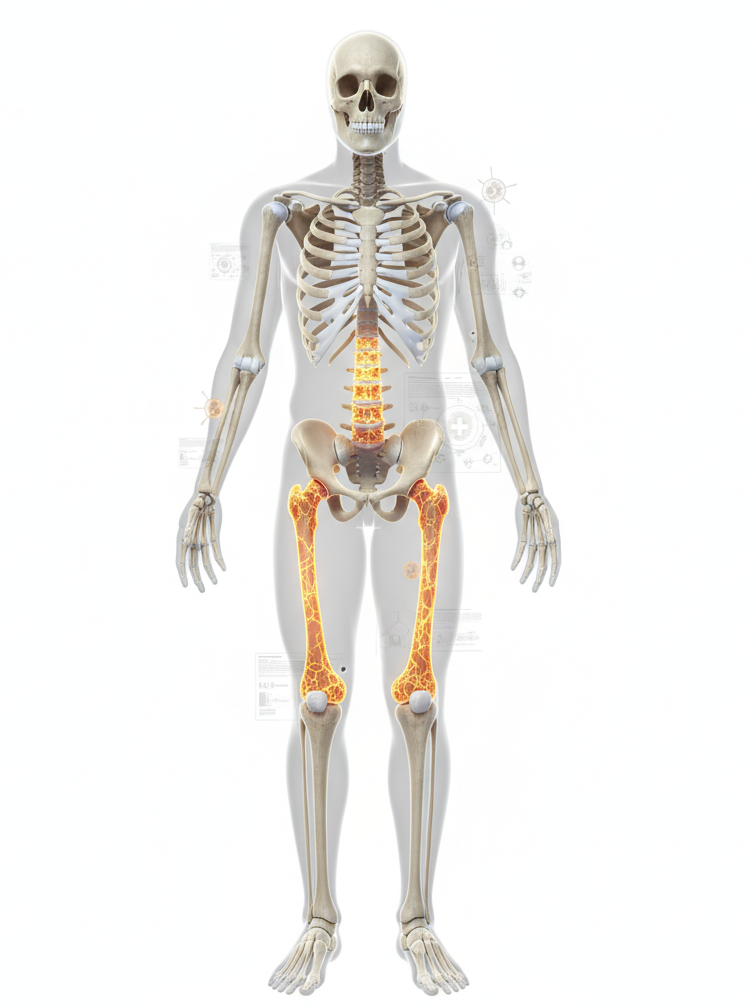

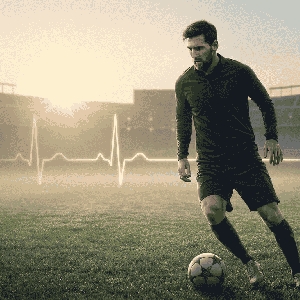
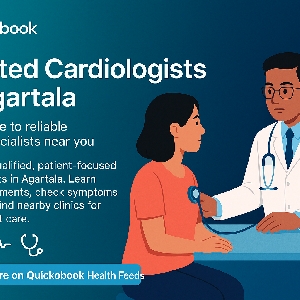
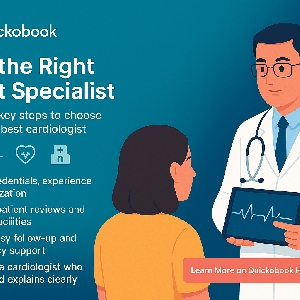
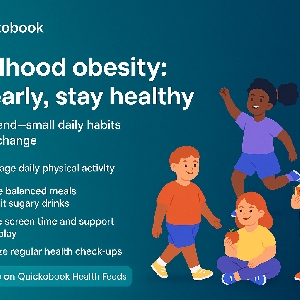
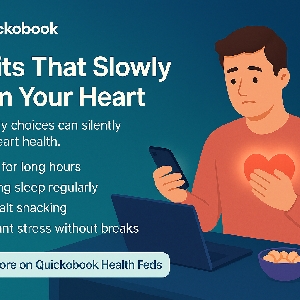


Comments (0)
No comments yet. Be the first to share your thoughts!
Leave a Comment